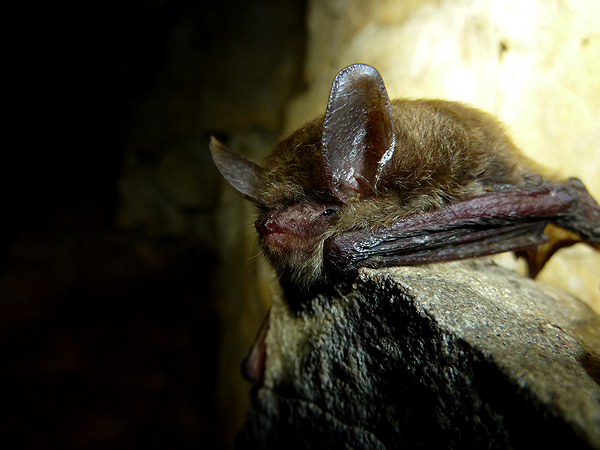 Mammoth Cave in Kentucky used to be one of the largest bat hibernaculums in the world. Indiana bats were particularly fond of the place, and the decline of the cave as a hibernaculum served as a warning to how vulnerable that species is.
Mammoth Cave in Kentucky used to be one of the largest bat hibernaculums in the world. Indiana bats were particularly fond of the place, and the decline of the cave as a hibernaculum served as a warning to how vulnerable that species is.
On Wednesday, the National Park Service announced that white nose syndrome (WNS) had been confirmed in a northern long-eared bat in Long Cave, a cave in Mammoth Cave National Park that had been closed to visitors for more than 80 years.
“It grieves me to make this announcement,” said Mammoth Cave National Park Superintendent Sarah Craighead in a press release.
Mammoth Cave National Park is home to two federally endangered species of bats and one considered a species of special concern by the US Fish and Wildlife Service. It is also home to two state endangered bat species, two state threatened bat species and one species of special concern to the Kentucky State Nature Preserves Commission, according to the National Park Service.
WNS was first discovered in Kentucky in April 2011. The US Fish and Wildlife Service’s white nose syndrome map shows another detection in Kentucky this season, in Bell County, making these the first reports of WNS this season.
Read the Mammoth Cave National Park press release here.
Read an article in the Louisville Courier-Journal here.
See the USFWS white nose syndrome map here.
Photo: A northern long-eared bat (Myotis septentrionalis) from Long Cave in Mammoth Cave National Park showing evidence of white-nose syndrome. By Steven Thomas, used courtesy of the National Park Service
